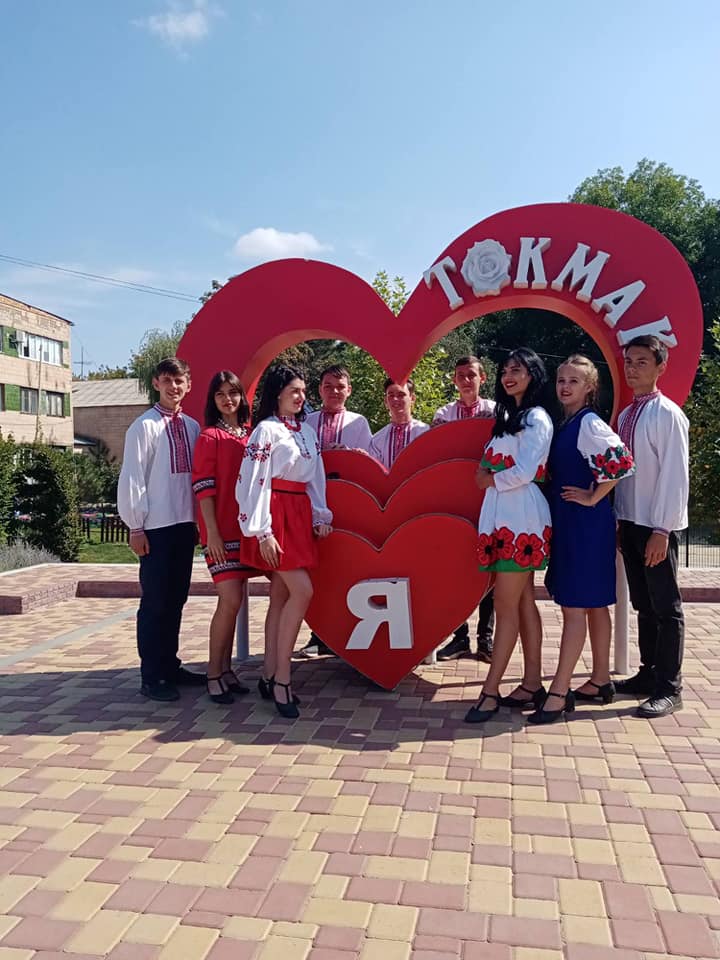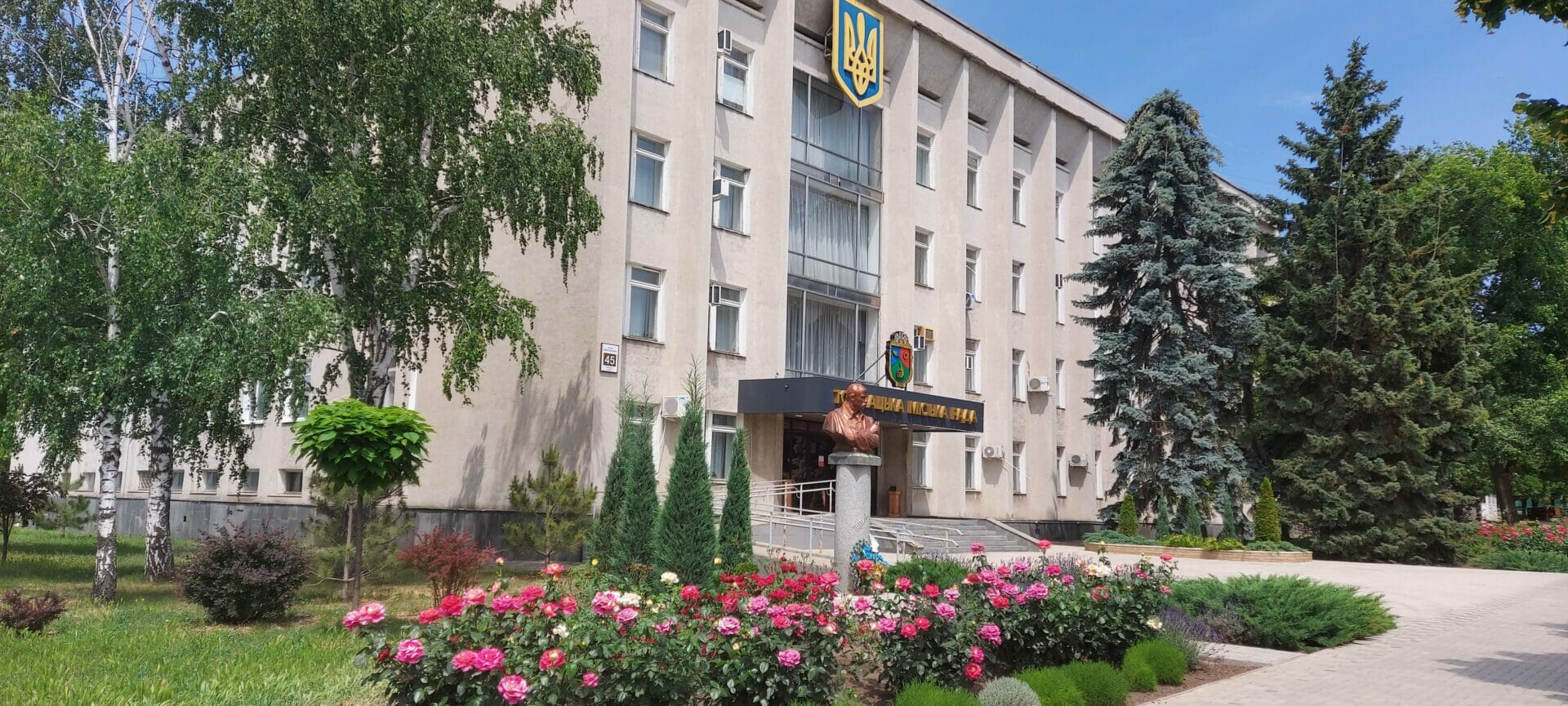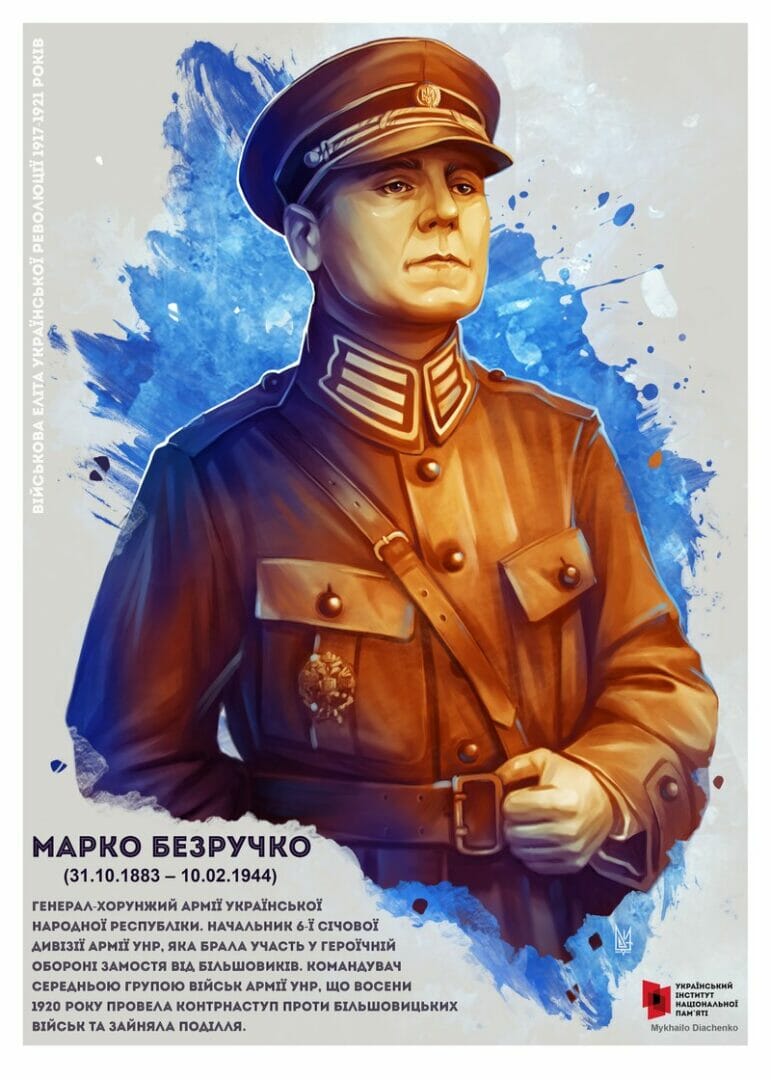This website uses cookies so that we can provide you with the best user experience possible. Cookie information is stored in your browser and performs functions such as recognising you when you return to our website and helping our team to understand which sections of the website you find most interesting and useful.
TOKMAK COMMUNITY

The population is 36,7 thousand people (01.01.2022), including:
in the city – 29,900
in rural areas – 6,800
women – 17,600
men – 13,600
children – 5,500
The community includes 1 town and 25 villages. The administrative center in the city of Tokmak.
History



Tokmak and its surroundings were settled in ancient times. This is evidenced by excavations of several burial mounds near the city, where burials from the Bronze Age (3rd-1st millennium BCE), Scythians (4th century BCE), Sarmatians (3rd-2nd century BCE), and nomads (10th-12th century CE) were found. However, due to frequent raids by nomads, there were no permanent settlements in these areas. The Tokmak region is first mentioned in the chronicle “The Tale of Bygone Years” when on April 4, 1103, the Kiev troops led by princes Volodymyr Monomakh and Sviatopolk defeated the Polovtsian hordes on the Molochyna River. This victory marked the beginning of a decisive turning point in the confrontation between the Kiev princes and the Polovtsian khans. In memory of this event, a monument was erected at the site of the battle.


The first settlers in the Tokmak region were former Zaporizhian Cossacks and immigrants from Poltava. Tokmak grew rapidly, aided by the trade route that passed through the city – the Old Chumak Trail, which was still used by Zaporizhian Cossacks traveling to Crimea.
The further development of the city and surrounding villages is associated with the German colonists (Mennonites) who founded large factories for the production of agricultural machinery and tools, a brick and tile factory, which were the most successful in the region.

An important role in the dynamic development of the city was played by the city-forming enterprise – the only machine-building plant in Ukraine, JSC “Pivdenmashdizel”, which produced more than 90 modifications of diesel engines and diesel generators.



Tokmachchyna takes pride in its famous fellow citizens: General-Ensign of the Army of the Ukrainian People’s Republic Mark Bezruchko, aircraft engine designer Oleksandr Ivchenko, and historian and ethnographer Petro Yefymenko.


Tokmak and the War
On February 26, 2022, enemy military equipment entered the city. From the first days of the full-scale invasion, the community has been under the occupation of Russian forces. Despite the pressure from the occupiers, the residents of Tokmak come out every day to peaceful protests in support of Ukraine. After a month of protests, abductions and persecution of local activists began. It became dangerous for them to stay in Tokmak.


Due to the military conflict, a significant part of the settlements in the Tokmak community remained without electricity and water supply, on the brink of a humanitarian catastrophe. The lack of food and medicine was keenly felt. About 9,000 residents of the community were evacuated to safer areas in the Zaporizhzhia region, other regions of Ukraine, and abroad.
People who were forced to remain under occupation are limited in even the most basic things. Even attempting to make a phone call can cost one’s life. Everything that happens under occupation is about survival, not living. They keep everyone in fear and raise the level of danger every minute. The main sign is the violation of human rights and deceitful propaganda that covers it all up.

The true symbol of the Tokmak protests was activist Mykhailo Svyshcho. Despite having a weak heart and having suffered a heart attack, he went out to the main square of the city every day to openly declare that Tokmak does not give up, Tokmak was, is, and will be a Ukrainian city. It was Mykhailo Vasyliovych who returned the removed Ukrainian flag to the “Book of Memory” memorial and with the help of activists removed all pro-Russian inscriptions from the monument.
While the war and occupation of our community continue, our brave fellow countrymen are defending our country on the front line and volunteering to weave camouflage nets, take care of food supplies for the military and displaced persons, sew clothing for the Armed Forces of Ukraine, and do everything in their power to help our soldiers move closer to victory!
Community management in times of war

With the start of the full-scale invasion, the activity of the local self-government bodies in the Tokmak community was significantly complicated due to the occupation. However, healthcare institutions and municipal services continued to work. In April 2022, the legitimate leadership of the community was removed from management, and instead, Russian occupiers appointed their own stooges to govern the captured city.
By the Order of the President of Ukraine dated May 7, 2022, No. 319/2022, in order to stabilize the situation in the country, the responsibilities for ensuring the vital needs and community reconstruction were assigned to the head of the Tokmak City Military Administration, Oleksandr Chub.
Military administration specialists are taking inventory of damaged and destroyed property, social and production infrastructure facilities; they are addressing issues related to providing humanitarian assistance to victims, low-income population and internally displaced persons; they are developing a plan for the restoration of de-occupied territories.


Development strategy
After de-occupation, Tokmak aims to become a safe and comfortable place for both residents and visitors of the city. It also envisions itself as a powerful cultural and business center, open to collaboration. It is a community that shares European values.
Among the main strategic priorities for community development are small and medium-sized businesses, the agro-industrial sector, the tourism cluster, and energy efficiency.
In particular, the community plans to implement new projects for alternative energy, building on the success of the largest solar power plant in Ukraine, which has a capacity of 64 MW and is already operating in the area.

Plans to complete the construction of a solar power plant (green energy using sunflower husks).

The community has explored deposits of manganese, marble, rubble stone, clay, and loam for brick production. This direction is also planned to be strengthened.
Agriculture, particularly berry and crop farming, is an important element of the community’s economic development, with the main agricultural land used for cereals, sunflowers, corn, and rapeseed, among others. The community also earns from berry cultivation: strawberries, raspberries, and dogwood. The largest organic dogwood orchard in Europe, covering an area of 14 hectares and containing over 12,000 trees, is located in the Tokmak community.

In order to stimulate the development of the berry, horticulture, and fruit and vegetable industries, as well as to popularize local cultivation practices and promote local brands in 2019, the annual “Happy Berries Festival” was launched in the Tokmak community.

Of course, due to the hostilities, the strategic priorities of the community are changing – the number one issue after the end of hostilities will be the rebuilding of the community and the restoration of destroyed infrastructure.
